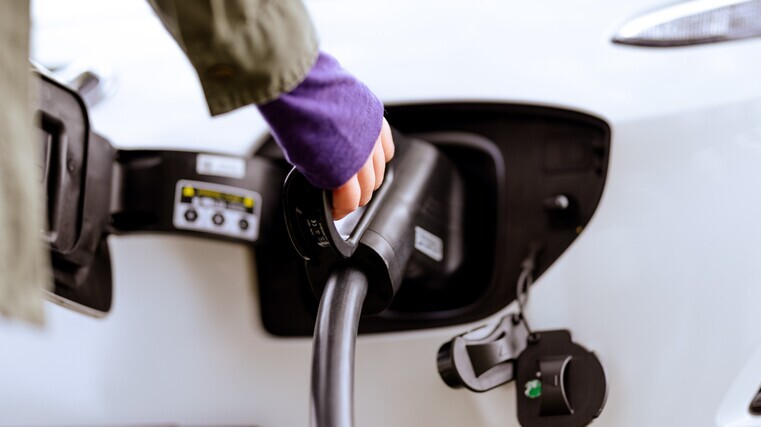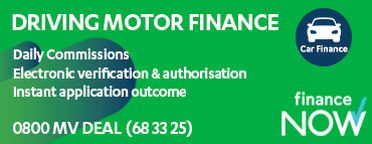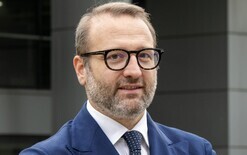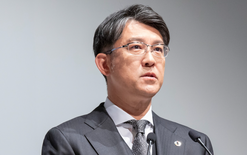Powering up with electricity

New Zealand has been seeing hundreds of new electric vehicles (EVs) hit the road every month.
With increasing uptake and interest in EVs, the way we power them up plays a critical role in the country’s electricity future.
To support this rapid electrification, the Energy Efficiency and Conservation Authority (EECA) has commissioned updated guidance, delivered by Standards New Zealand, to help move people towards “smart” charging at home, work and on the road.
It says using a smart EV charger at home and during off-peak hours is the most convenient and efficient way to “fuel up”.
Smart EV charger can receive signals from an electricity supplier and charge a car when demand for electricity is at its lowest across New Zealand, which is usually when prices will be lower.
Charging at home off-peak is like buying petrol at around 40c per litre, depending on your electricity retailer – and it maximises the use of renewable-energy sources like hydro, geothermal and wind power.
But not all EV chargers are created equal and they aren’t currently regulated. The new guidance aims to address this by providing best practice information to point New Zealand’s EV-charger market in the right direction, helping futureproof our charging practices in a rapidly evolving energy landscape.
Brian Fitzgerald, EECA’s technical lead, says New Zealand is likely to integrate “demand flexibility” into our energy system in the near future, which means smart chargers and other tech, such as smart heat pumps, will be able to receive signals from suppliers to optimise their electricity supply.
“EECA has found the electricity industry has been largely in favour of the transition to smart chargers as the cost savings, network stability and wider economic benefits are so clear-cut,” says Fitzgerald.
EECA has been working with the Electricity Engineers’ Association on a pilot to demonstrate the potential of this two-way communication for EV charging at homes and businesses across the country that require smart chargers.
“The FlexTalk Project will provide us with a playbook for implementing demand flexibility into our energy system, which will mean consumers have the power to use electricity when it’s cheapest, greenest and most readily available,” explains Fitzgerald.
Last year, New Zealand reached a new high with 55 per cent of people considered an electric car as their next vehicle purchase.
“This transition will play a key role in decarbonising the transport sector, which accounts for around half of New Zealand’s energy-related emissions,” says Richard Briggs, EECA’s transport group manager.
“If left unmanaged, increased electrification will require an even greater investment in network infrastructure. This information is just one of the ways we are supporting Kiwis to make the best purchases they can when they’re making the switch to EVs.”
More information
Read the EV charger publicly available specification (PAS) for residential use: Electric vehicle chargers for residential use | EECA
Read the EV charger PAS for commercial use: Electric vehicle chargers for commercial use | EECA
The publicly available specifications (PAS) for EV chargers were commissioned by EECA. and delivered and published by Standards NZ.
This guidance sits alongside EECA’s wider work to support the expansion of our EV charging network, such as through the Low Emission Transport Fund.





